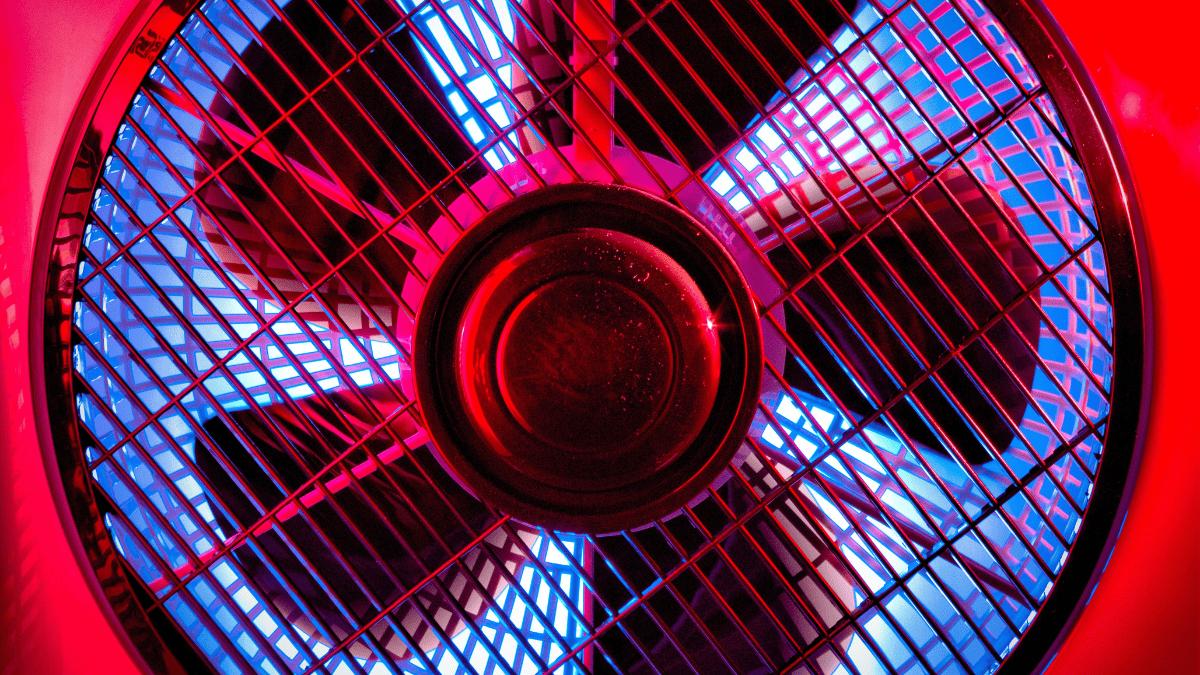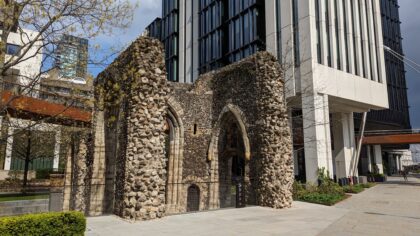Welcome to Engineer Academy where we’re exploring an A to Z of Engineering – everything from acoustics to zoos.
In each episode, we spin the wheel to find out what type of engineering we’ll be exploring with the help of Engers, our engineering expert.
You can listen to the full series of the A to Z of Engineering here.
Let’s take a look at Ventilation.

Ventilation isn’t something you probably think about much, but without good ventilation, our homes, schools, shops and businesses would be more uncomfortable and could even be dangerous. But what do we by ventilation? Well, it’s all to do with air. More specifically, CLEAN air.
We all need clean air to live healthily. But sometimes buildings don’t have enough. Just think of a busy restaurant kitchen with lots of smoky grills or a factory making things which generate a lot of dust . A lack of clean air in old buildings can cause other pollutants, like damp which can make conditions like asthma worse. So what’s the answer? Ventilation!
Ventilation is the process of getting rid of moisture, smoke, dust, odours and other indoor pollutants from all sorts of buildings. At the heart of ventilation is something called airflow, which is pretty much what it sounds like – a flow of clean air coming in and taking pollutants out.
It’s good to have an airflow that’s uninterrupted, as anything blocking the air flow can lead to indoor pollutants building up, which can damage both buildings and your health. So how can we keep air flowing in these spaces? First up, there’s mechanical ventilation.

Mechanical ventilation is where fans create an airflow. Fans will help push air into a building and exhaust fans draw the air out. Sometimes these systems are combined with heat settings to warm up or cool the air. An alternative is natural ventilation, which is… well at its most basic, what you do when you open a window! Although it does depend on the weather – after all, if there’s no wind – there’s no ventilation!
Engineers can plan specific openings in buildings, such as louvre doors and windows which naturally increase airflow. But they also need to consider if the environment outside contains pollutants – say if a building was next to a busy motorway, natural ventilation might bring in more pollution than it removes
Natural ventilation doesn’t require mechanical systems to move air around. It relies on the air pressure and wind itself to create a flow of air. Mechanics though can be used to control the openings, especially to regulate heat – opening them automatically when it’s warm and closing them when the temperature is just right or falling. As well as airflow, filters are used to sieve out pollutants. Engineers use a variety of different filters for different things, whether smoke, dust or fibres.
As you can imagine, engineering is key to a building having an effective ventilation system, whether that’s the extractor fan over an oven at home or keeping a large factory cool. Let’s take a look at some of the jobs ventilation engineers do.
Some will be involved in designing the ventilation systems and will need to take into account a number of factors.
Firstly, what is the building going to be used for? A factory with lots of machinery might need more cooling mechanisms than a shop on the high street. A smoky kitchen in a restaurant will need a system that can quickly move odours and smoke away from people working or eating.

They also need to consider the age of the building, which might prevent certain works from taking place. There are strict planning rules, especially with plumbing and electrical systems, and engineers will need to make sure the ventilation system works seamlessly and safely with these systems. It’s also important to design systems that are energy efficient to reduce emissions.
Once the designs have been approved, the ventilation equipment and pipework can be installed. This might involve ductwork specialists – ducts are large tubes in big buildings, like offices, hospitals and airports, which carry air around.
Once installed, commissioning engineers will test the systems thoroughly to make sure they are working correctly. And then once up and running, service engineers will carry out regular maintenance and repairs.

Increasingly, ventilation engineers are working more with renewable energy heating systems like air source and ground source heat pumps. As their names suggest, air source pumps extract heat from the air to heat buildings and hot water, whilst ground source pumps take heat from deep underground – up to 200 metres down!
And that’s our look at the letter V – It’s been VISIONARY!
If you would like to check out some other types of engineering, why not check out Validation, Value or Vibration engineering.
Join us again next time to spin the wheel and explore another letter in the A to Z of Engineering!
Engineer Academy: A to Z of Engineering.
Created with support from a Royal Academy of Engineering Ingenious Grant
Add a commentA to Z of Engineering
Engineering is all around us! We’re exploring an A to Z of everything engineering from acoustics to zoos.
More From A to Z of Engineering






